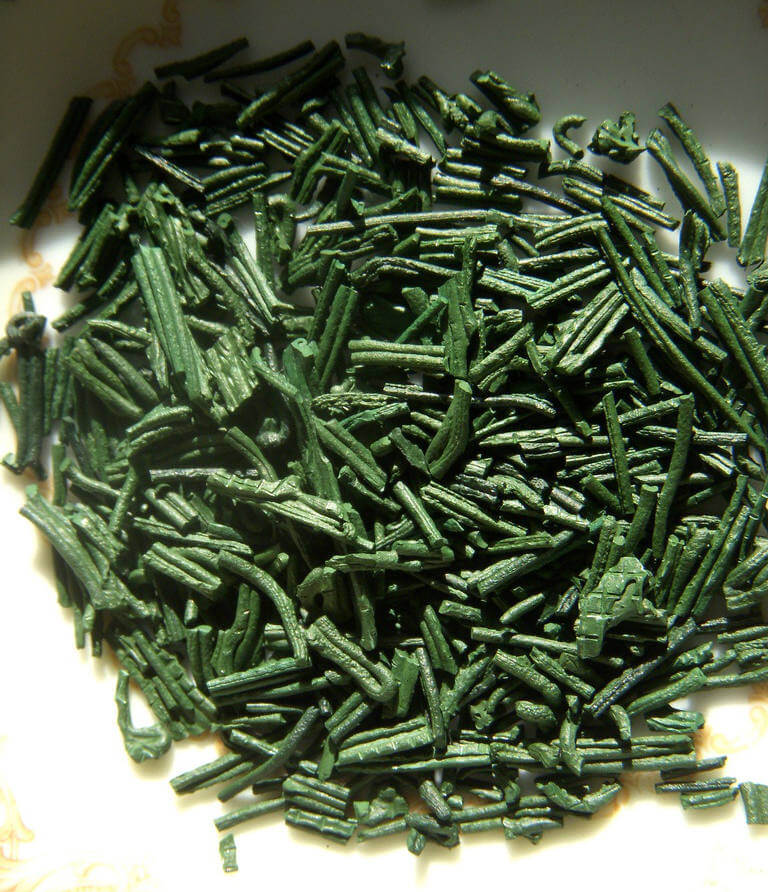Spirulina is a blue-green cyanobacterium, spiral-shaped-as the name suggests-and is about half a millimeter long. It is of particular interest to humans because it is rich in nutritional values: protein, carbohydrates, antioxidants, essential amino acids, vitamins, minerals, and many pigments such as beta-carotene.
A wonder of nature
The amount of protein in spirulina algae ranges from around 60-70% of dry weight. This is a complete protein content, that is, consisting of all essential amino acids for humans.
But it is also a most interesting source of potassium, calcium, chromium, copper, iron, magnesium, manganese, phosphorus, selenium, sodium and zinc; as well as vitamins A, E, K and B vitamins.
And with its supply of essential fatty acids, Omega 3 and Omega 6, pigments such as chlorophyll, β-carotene and phycocyanin, it acts as a natural detoxifier, has anti-inflammatory action, regulates the production of serotonin, responsible for good mood, and helps the immune system.
In short, he is a true prodigy of nature!
Because of its peculiarities, spirulina is used as a dietary supplement and, in purity, is widely used in cosmetics and also in cooking.
In the AlgaVenice plant, spirulina algae is dried at low temperatures to respect its natural characteristics and not alter its valuable nutritional properties. In the production process, we eliminate any pollutants that may be present in the water and air to offer a 100% pure, high-quality product.
Historical curiosities
The origins of this extraordinary seaweed are ancient: it is derived from the first source of life that originated by photosynthesis more than three and a half billion years ago. Its role was decisive, as it began to generate oxygen, which by accumulating in the atmosphere offered a chance for other life forms to grow.
In the very distant past, the Aztecs and Mayans of ancient Mexico already appreciated and took advantage of the benefits of spirulina, particularly using it in their diet as a source of energy to better cope with daily life. It was considered such a special food that it was called the “food of the gods,” precisely because it provided a large amount of immediately available energy and a good dose of stamina. For centuries, spirulina algae spread mainly in tropical and subtropical areas, more specifically among the populations living on the shores of Lake Texoco in Mexico and Lake Chad in Central Africa, both salt lakes with alkaline pH.
Some fifty years ago, thanks to the study of numerous European and American botanists and researchers, it was rediscovered, even in the West, and has since been consumed all over the world. Algavenice has been cultivating it for years with total respect for the environment and guarantees the highest quality of the finished product.
